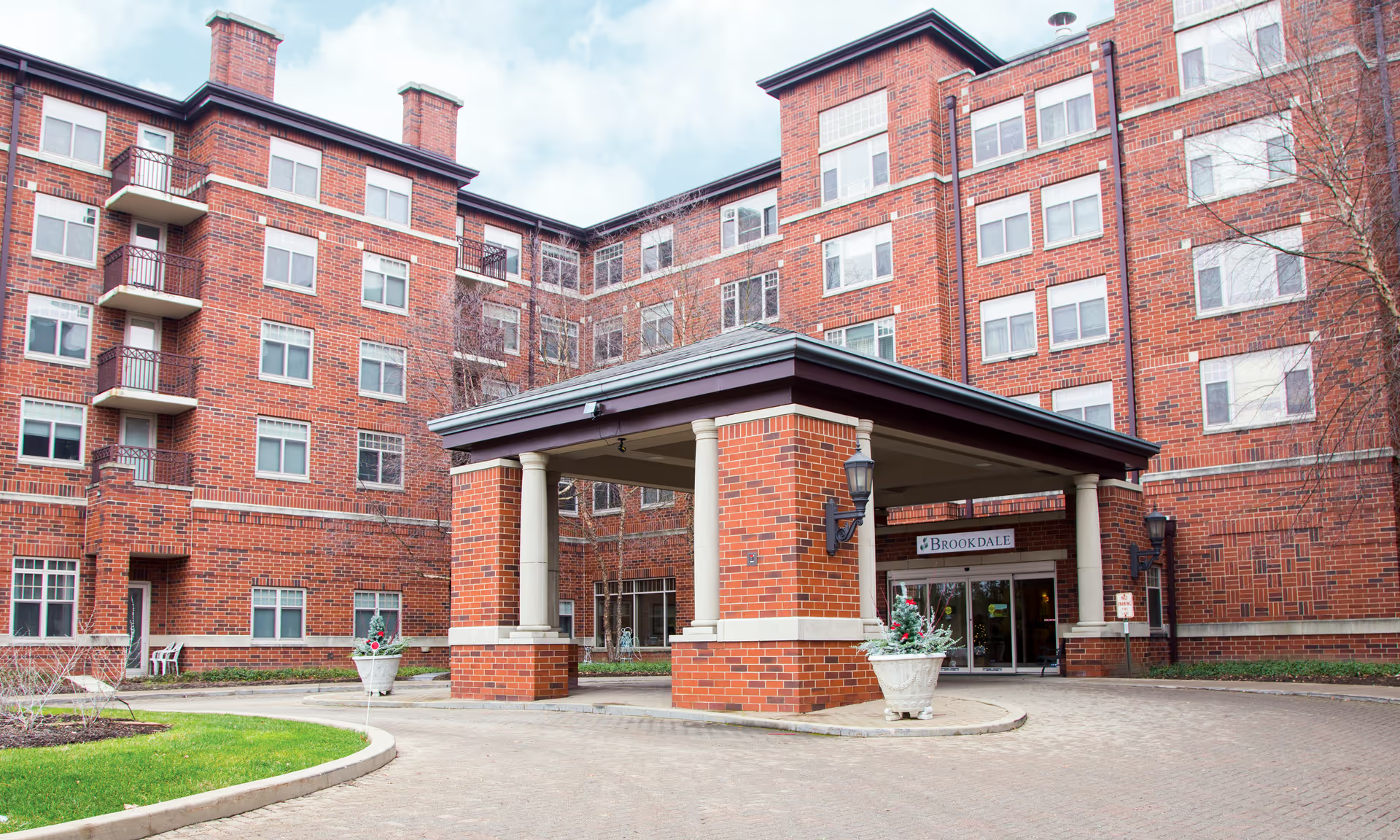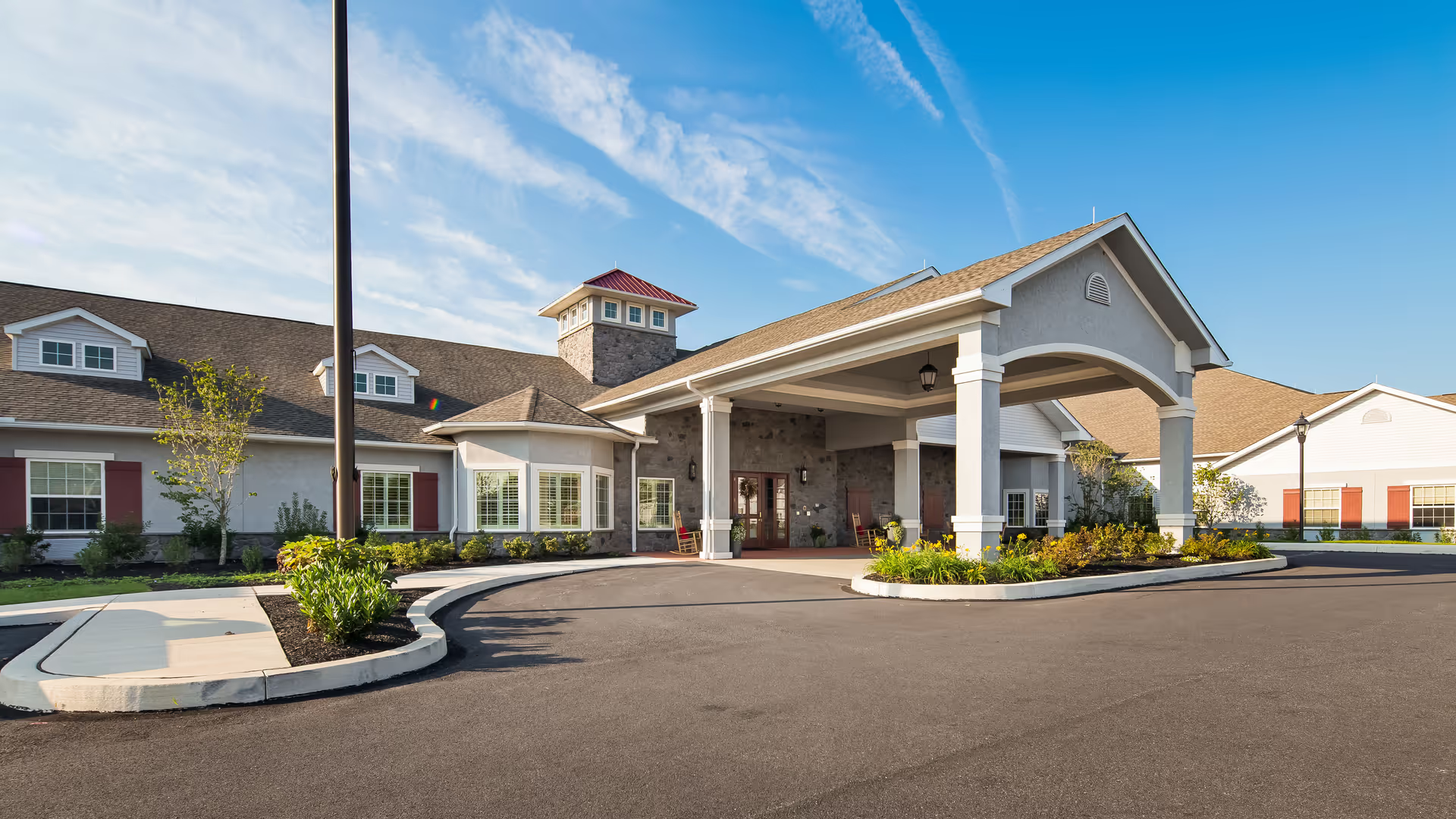The reviews for Sistersville Center present a broadly mixed but mostly positive overall impression, with a striking contrast between strong endorsements of frontline staff and troubling reports of safety and management failures. A majority of reviewers praise the personal attention residents receive: long-tenured, compassionate caregivers are repeatedly highlighted, as are staff across multiple departments who provide attentive day-to-day care. Several accounts emphasize high-quality physical therapy and successful rehabilitative progress, personalized services like hair styling and dressing, and proactive family communication in many cases. Multiple reviewers describe the facility as clean and attractive, and at least one long-term resident (15 years) expresses deep affection and nostalgia for the community and its routines. Those positive comments frequently include direct recommendations and expressions of gratitude, indicating a core of very satisfied residents and family members.
However, a set of serious and safety-relevant complaints appears alongside those positive reports. The most alarming themes include abrupt or seemingly deliberate patient discharges, poor or inconsistent communication from management and social work staff, and specific clinical lapses such as wound dressings being left unchanged with dried blood observed. Other safety and operational concerns include reports of patients being left unable to get out of bed, delays in delivering necessary mobility equipment (a walker not arriving), and personal belongings being mishandled or left outside. There is also a report of a sewage smell in the building. These issues point to episodic but significant breakdowns in clinical care coordination, discharge processes, and facility maintenance.
A notable pattern is the inconsistency of care: many reviewers describe exceptional, compassionate, and effective caregiving, while others report neglectful or incompetent behavior. This variability suggests that experiences depend heavily on which staff members or shifts are involved, and that systemic problems (communication, supervision, care transitions) may allow occasional but serious lapses to occur. Praise for long-tenured staff and strong therapy services indicates the facility has valuable strengths and experienced personnel, but the presence of unresolved complaints about social work responsiveness and discharge practices undermines trust for some families.
Several operational areas deserve attention based on the reviews. Discharge planning and communication should be examined closely—multiple reviewers felt discharges were abrupt or mishandled. Clinical oversight around wound care and daily nursing responsibilities needs review given the reports of dressings not being changed. Maintenance and housekeeping should investigate any recurring odors such as sewage, since that directly affects resident comfort and perception of cleanliness. Finally, supply-chain or logistics issues that produced delays in mobility equipment and mishandling of personal items should be addressed to prevent harm and distress.
In summary, Sistersville Center evokes strong positive sentiment from many residents and families due to compassionate staff, effective therapy, personalized care, and an attractive environment. At the same time, there are isolated but serious safety and management concerns—particularly around discharge practices, wound care, communication, and facility maintenance—that create significant negative experiences for other families. The overall picture is of a facility with important strengths that would benefit from focused improvements in clinical oversight, discharge coordination, communication processes, and operational reliability to ensure that high-quality care is consistently delivered across all shifts and residents.







